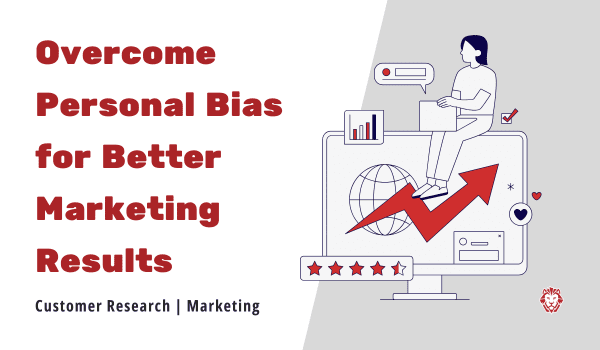
4 Google AdWords Mistakes You Can’t Afford to Make
Four Google AdWords Mistakes You Can’t Afford to Make
As we explain to our clients, PPC (pay per click) ads are a great way to supplement a brand’s SEO campaign while securing faster, albeit more expensive, results. But too many marketers simply “set it and forget it” when it comes to their AdWords campaigns. In fact, most AdWords campaigns are far from optimized. Whether you’re spending $100 or $100,000 per month on AdWords, here are four Google AdWords mistakes you can’t afford to make:
-
You’re not utilizing Ad Extensions.
There are a few Ad Extensions that almost every campaign should implement and test. One piece of low hanging fruit is a Location Extension that links a brand’s Google+ page to the ad. This gives the ad a bit more real estate than a typical ad.
Sitelinks are another great place to start. Sitelinks ad extensions show links to specific pages on a brand’s website beneath the text of the ads in addition to the landing page, helping customers get to what they’re looking for on your site with just one click. This is huge, as any savvy digital marketer knows that the more clicks you require, the lower your conversion rate will be for that campaign. Sitelinks appear in ads at the top and bottom of Google search results. Marketers should edit their link text and URLs in order to see how ads that contain different sitelinks are performing in comparison to ads without sitelinks.
The Call Extension is great for brick and mortar businesses, too. Any business that has someone available to answer the phone or has a customer-friendly voicemail set up should take advantage of this tactic. Call extensions allow you to include a phone number in your standard text ad. The rules that apply to text ads typically apply to call extensions as well. Marketers using call extensions in their AdWords campaigns should be sure that the phone numbers are both accurate and verified by Google for the business being advertised. And in case you’re feeling nostalgic and want to link a fax number to your AdWords campaign, think again. Google doesn’t allow fax numbers, vanity numbers, or premium 900 numbers in the ads either. These extensions are simply meant to enhance conversions for advertisers, not to be used as a branding component.
Meanwhile, the Callout Extension is probably the most overlooked ad extension, standing to generate a significant improvement in ROI for digital marketers. The callout ad extension allows marketers to include additional text with search ads. This lets an advertiser provide detailed information about its business, including products and services offered, free shipping, and other customer perks. Callouts appear in ads at the top and bottom of Google search results.
-
You’re missing out on Call Conversions.
We just covered call extensions, but are you tracking them to gain a more accurate perspective of your ad campaign’s overall effectiveness? After setting up a call extension, be sure to click the “Advanced” link at the bottom to set up phone calls to your business as a conversion. Once you select a conversion (usually “Calls From Ads”), go to the Conversion tab. “Select Calls From Ads” and edit the settings according to your needs. We recommend keeping the duration to at least 30 seconds and possibly 60 seconds. It will take at least that long for a prospective customer to leave a message, and the call duration can help weed out calls that were simply single question inquiries that would have happened with or without a call extension in the AdWords campaign.
-
You’re not testing your landing pages.
Most marketers know enough to test and optimize their ad campaigns. But several marketers that position themselves as PPC experts don’t bother to test different landing pages for their ad campaigns. Landing pages affect the quality score of ads, which, along with other factors, help determine how much those clicks cost and how often Google serves your brand’s ads. At Fidelitas Development, we test a number of factors on landing pages depending on the goals of our clients, including different copy, different fonts, different images, and even different background colors, not to mention the calls to action and different form fields (for example, perhaps a certain campaign’s offer convinces many to give up their email address, but not their phone number).
-
You’re not running Retargeting ads.
Retargeting ads help convert tire-kickers into buyers. While an average of 2% of shoppers convert on their first visit to a site, Retargeting ads work to convert the remaining 98% long after they’ve left your brand’s site by displaying your ads to them on third party sites across the internet. Retargeting ads are fairly simple to set up; marketers need to be sure to insert the retargeting code, sometimes referred to as a pixel, into their websites by copy/pasting the code anywhere before the /body tag. As soon as this code is installed, your website will start to build a Retargeting list for future use, even if you don’t have the ads turned on immediately. It will take awhile to build your website’s Retargeting list up, so be patient while acquiring more people. The display ads in Retargeting campaigns should be A-B tested just like they would be in a normal AdWords campaign.
These are four quick-fixes to leapfrog your competitors on the AdWords landscape. If you’re unsure of the effectiveness of your AdWords campaign, or how to protect your brands against these four common Google AdWords mistakes, Click Here to request a complimentary PPC Audit from Fidelitas.



